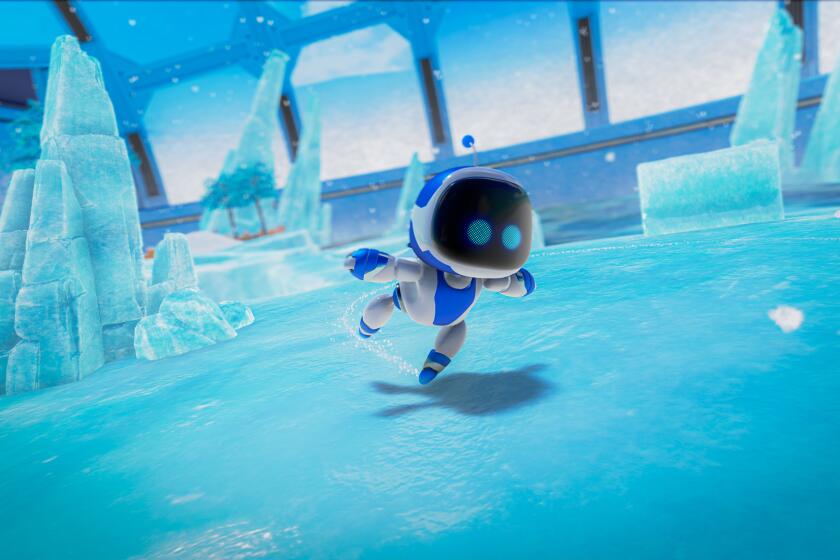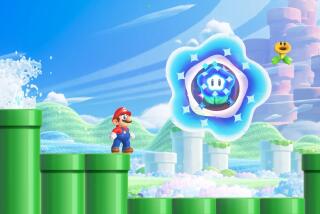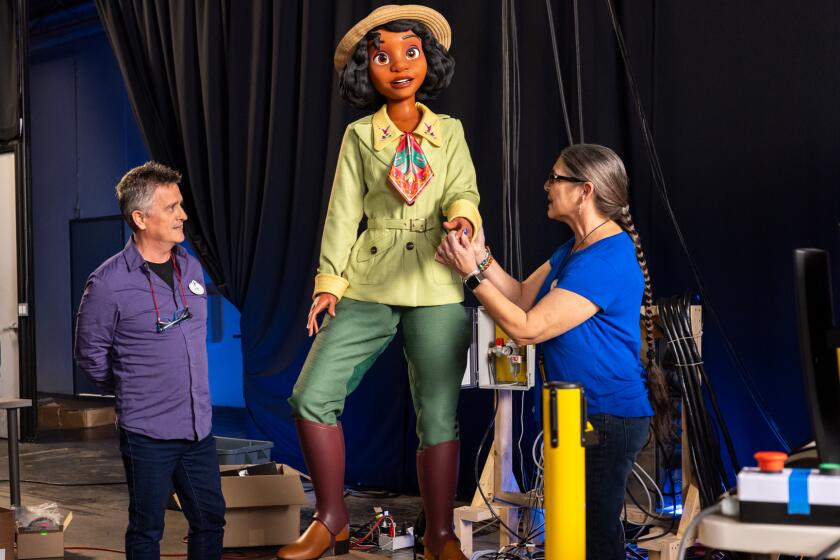The PS5 and Xbox Series X just ushered in a new game era. But not for the reasons you think
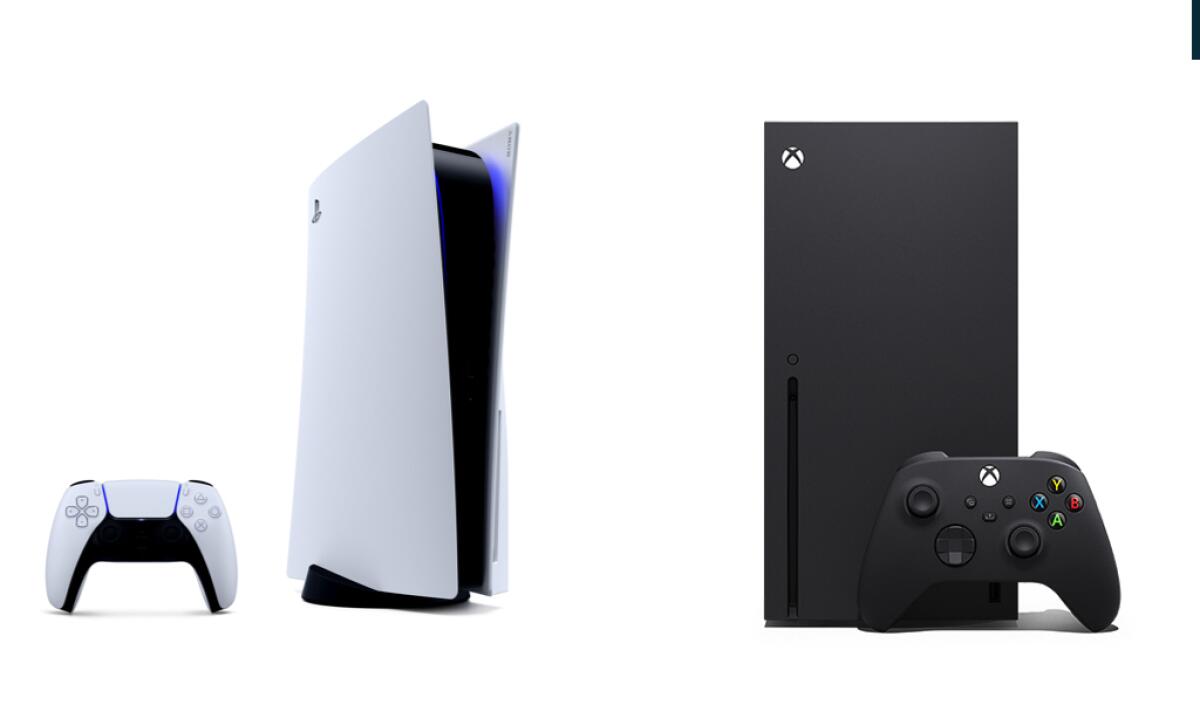
For more than three decades the video game industry has promoted technological leaps as the reason to be an early adapter of new consoles, creating a marketplace and a fandom that idolizes boxes and their components. Yet after spending a few weeks with the new video game consoles from Sony and Microsoft — and even dropping $1,000 on a new 4K TV to supposedly take advantage of their graphical prowess — I feel let down.
Yes, games on Sony’s PlayStation 5 and Microsoft’s Xbox Series X bolstered by a 4K television look better. And combined with the consoles’ faster computing power there’s an overall performance boost that feels smoother, more fluid and overall more enjoyable. But the changes weren’t drastic in the way console shifts once were. We’ve long been accustomed to 3D graphics, and the days of small pixelated characters gave way years ago.
Granted, when it comes to a home theater I’ve always opted for comfort, convenience and simplicity rather than whatever is championed as the latest and best. Music, for instance, via a smartphone speaker or played through a high-end stereo has never made much of a difference to me, this despite the fact that I spent the bulk of my professional career as a music journalist. There’s a lesson in there somewhere about how an emotional connection isn’t made by an audiophile-approved sound system or a 4K TV or a new video game console and all of its teraflops. After all, most of my favorite game stories involve a 20-sided die.
But lest one think I am underwhelmed by the new console generation I assure you that is not the case. I am, in fact, hopeful.
The more time I spend with the PlayStation 5 and Xbox Series X the more curious I become about not just where video games can go but how the medium as a whole can become more inviting and more accessible.
We might, at long last, be entering a video game generation where the technology has improved so much it’s largely invisible, allowing us instead to focus the conversation on how we play, where we play and why we play. It’s the little, so-called “quality-of-life” improvements that continue to sell me on the Xbox Series X and the PS5.
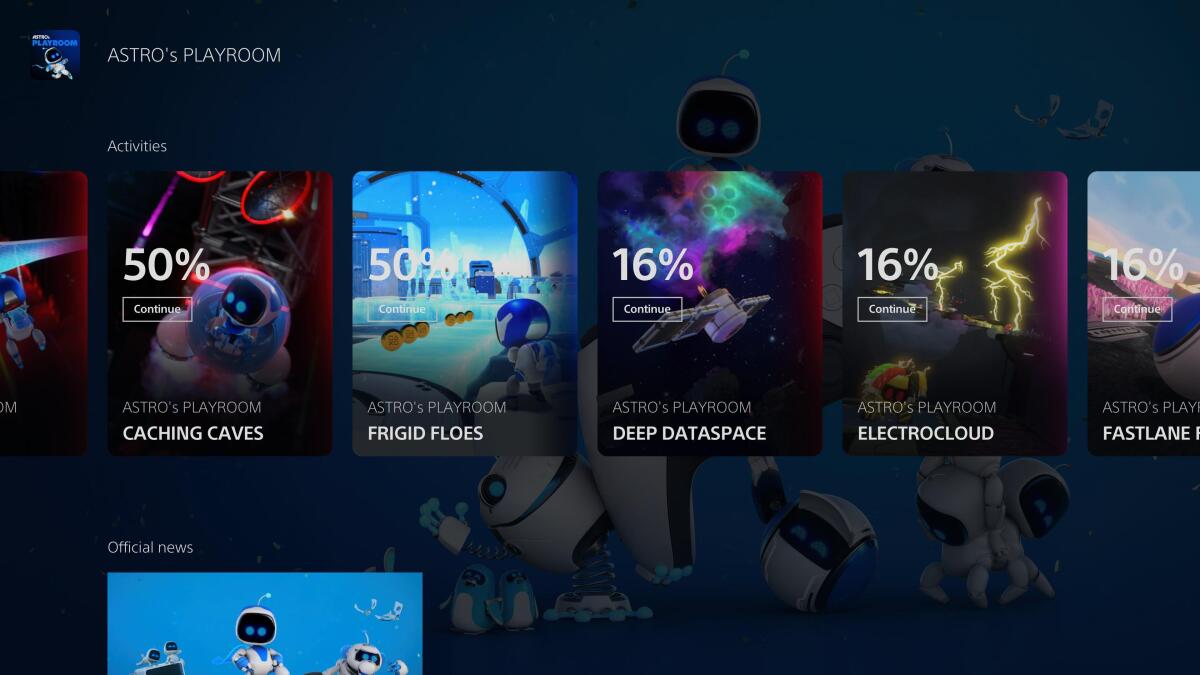
Seemingly simple additions such as jumping among games on pause on the Xbox or going straight to a specific mission on the PS5, feel wildly important to me. These tools put the emphasis on the player and show that a medium that long touts user-choice as its advantage over other pop-culture mediums is thinking bigger about embedding versatility, options and possibility into the design of its products.
While I enjoyed “Marvel’s Spider-Man: Miles Morales” enough to play the main story to completion, it was the way the PS5 neatly organized and compartmentalized its side missions via a boot-up screen that kept bringing me back. Here, I could see how much time such activities were projected to take, and things I had forgotten about, which happens often in long games, came rushing back to memory.
Others, such as Vice writer Patrick Klepek, found such conveniences similarly appealing and shared reporting from an internal Sony presentation that in part documented reasons people put down a game and never return. They weren’t shocking. Too time consuming, forgetting story beats or not wanting to go hunt for tips were among the reasons.
When embraced by developers, the PS5 can make all of this easier to tackle. For many of us who play, the reasons for game abandonment will ring familiar, but for too long games, even single-player narrative-focused ones, have been infected with a competitive mindset, such as the puzzling belief that besting a game on “easy” mode is somehow lesser (it’s not).
With ‘Rival Peak,’ Facebook is launching a television experiment that’s betting on video games as appointment viewing with Tamagotchi-style loyalty.
But when playing “Miles Morales” or even the family game “Bugsnax,” the PS5 allows me to see, before jumping into the game, what I’ve completed and what I need to still do. It works well for even more abstract games such as “The Pathless,” giving me a mission name and objective and dropping me close to where I left off. I find this task-focused approach brings me back more quickly into the game after a few days away. In fact, I think this works better for games than a more traditional story summary — it helps game developers drop players right into a mission with a clear reminder of what they need to do.
And yet I also find myself recommending the Xbox Series X — or its cheaper, slightly less powerful Series S — more than I do the PS5. I don’t necessarily think one console is better than the other, but for those who have been away from games for a bit I do think the Xbox is a better fit. It’s true, you’ll miss out on terrific Sony exclusives such as “The Last of Us Part II” and “Ghost of Tsushima,” but the most exciting thing in games right now is Microsoft’s subscription-focused Game Pass.
For either $9.99 or $14.99 per month players have instant access to a library of more than 100 games to download (the $14.99 tier comes bundled with Electronic Arts’ subscription service, which unfortunately doesn’t contain some of this year’s sports games but still provides a worthwhile back catalog). While Game Pass will give players access to Microsoft exclusives such as the next “Halo,” I believe it also has the possibility to turn non-gamers into players.
Here’s the reality: Games, especially for those who don’t play regularly or skipped a generation, are overwhelming. But Game Pass offers such a breadth of experiences for a relatively low buy-in that if someone samples a game that isn’t for them, they’re likely to try something else rather than write off the medium as a whole.

Try the turn-based strategy of “Gears Tactics” or the more traditional running and jumping of “Ori and the Will of the Wisps.” Or enjoy a “Stranger Things”-like tale in “Oxenfree.” Or have an arcade brawl with the blast that is “River City Girls.” Jumping into an “Assassin’s Creed” will make a lapsed or casual gamer feel lost, and the high cost of entry for games can easily make one bad experience result in someone saying, “This isn’t for me.”
This is why I love Game Pass, and why the hard drive of my Series X is full of games that came out one, two, three years ago or more.
While Microsoft’s explorations with Game Pass are certainly influenced by our general cultural shift toward subscription services, all of these ambitions aimed at making games easier to grasp and quicker to get into certainly didn’t happen in a vacuum. Sure, the explosion of mobile games created a casual market — I haven’t even touched upon the underrated Apple Arcade subscription service — but even with new video game systems this year my favorite gaming device hasn’t changed: It’s the Nintendo Switch.
It’s rare to have so many family games released at once. “Bugsnax,” “Sackboy,” even a repackaged “Super Mario Bros.” leave the storytelling to the player, providing a space for us to ask, “I wonder if I can do this?”
Perhaps this is unsurprising for a game critic who just admitted that the latest tech isn’t what I value most. But the lessons of the Switch are present in continued endeavors from Microsoft and Sony. The Switch’s biggest selling point is versatility, the ability to play on the TV or on the go or to play games while not getting out of bed (a bad weekend quarantine habit I’ve developed).
Nintendo long ago, with the original Wii, opted out once and for good of the tech-focused arms race, instead turning its attention on broadening the games market. And we saw this year with a Nintendo game in “Animal Crossing: New Horizons” the power of games to control a cultural narrative. That’s why when I look to the PS5, it’s not the incredibly difficult and meticulously detailed “Demon’s Souls” that excites me, it’s the smaller features that make it easier to jump back into a game, regardless of the TV you own.
More important, it’s an underlying feature of the design of the console that makes it clear that the industry hasn’t yet done enough when it comes to making games as accessible as they deserve to be.
More to Read
The biggest entertainment stories
Get our big stories about Hollywood, film, television, music, arts, culture and more right in your inbox as soon as they publish.
You may occasionally receive promotional content from the Los Angeles Times.

